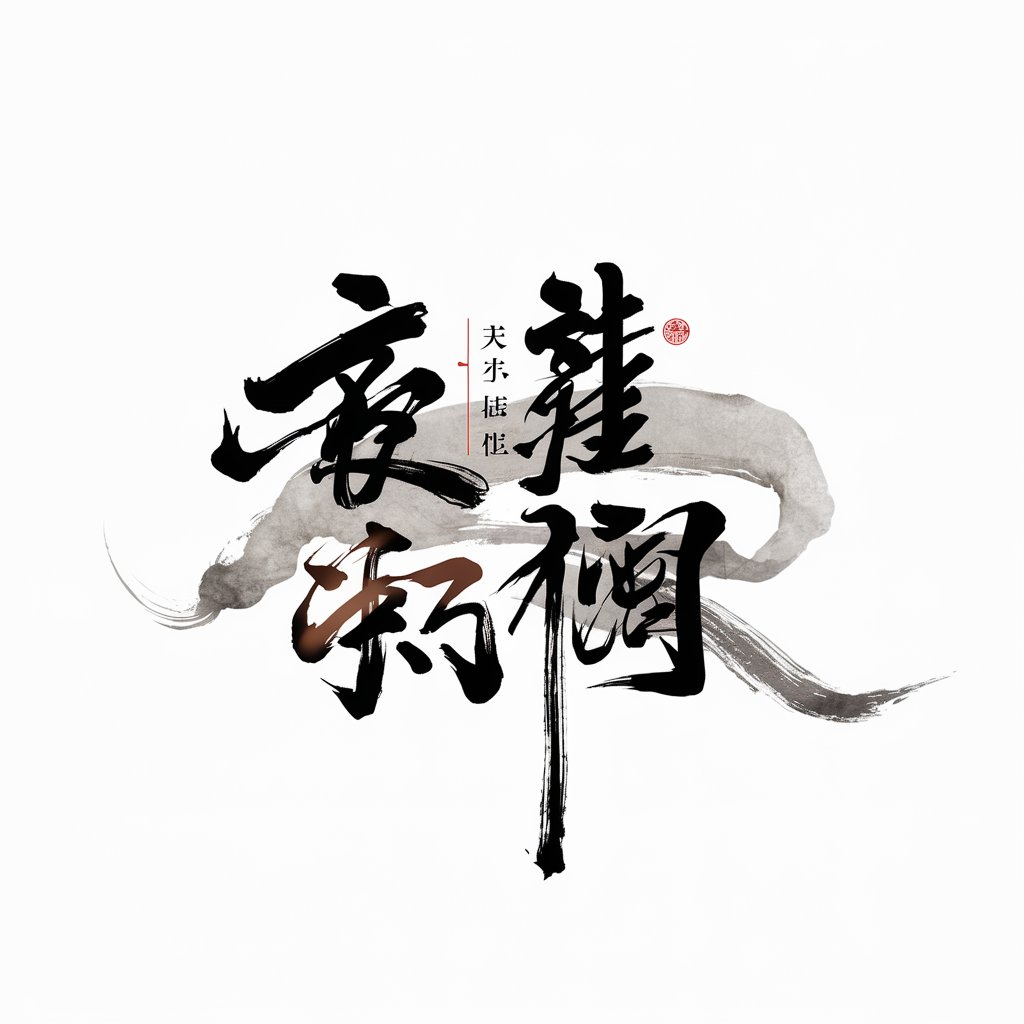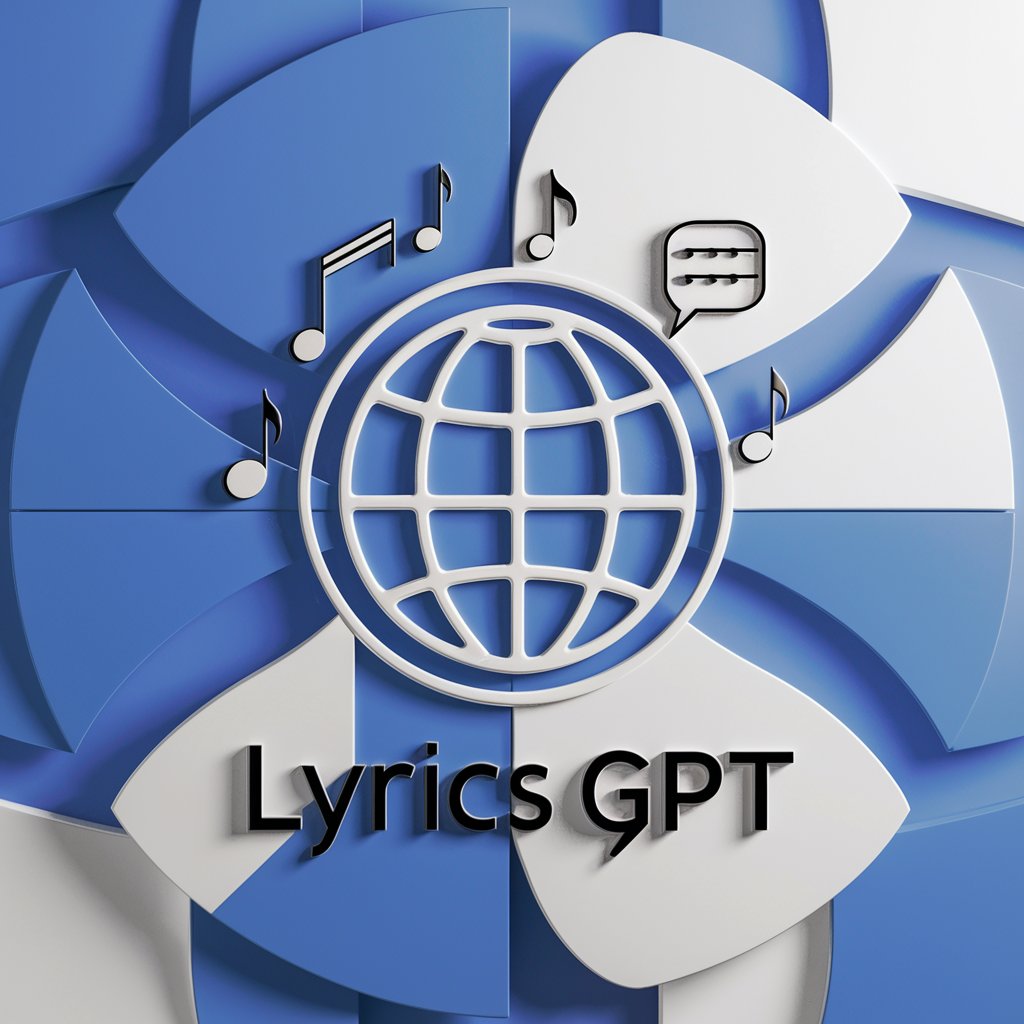
唐诗宋词GPT - Classical Chinese Poetry AI
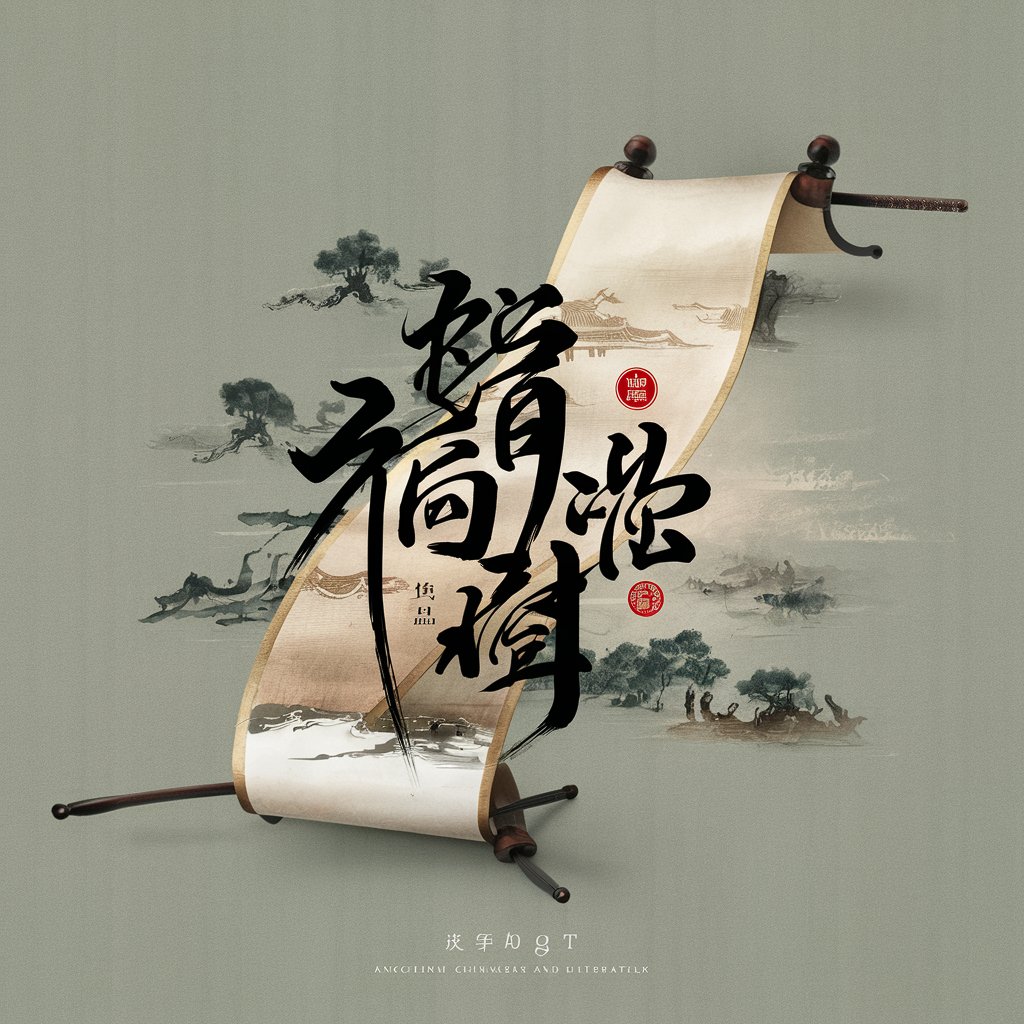
Welcome! Let's explore the beauty of ancient Chinese poetry together.
Bringing Ancient Poetry to Life with AI
Analyze the themes and imagery in Li Bai's 'Quiet Night Thoughts'.
Explain the historical context and significance of Du Fu's 'Spring View'.
Describe the emotional tone and literary techniques in Su Shi's 'Red Cliff'.
Interpret the symbolism in Wang Wei's 'Deer Enclosure'.
Get Embed Code
Introduction to 唐诗宋词GPT
唐诗宋词GPT is a specialized version of the ChatGPT model, designed specifically to assist in learning and exploring Chinese poetry, focusing predominantly on the Tang and Song dynasties. This model is adept at interpreting, visualizing, and elucidating classic Chinese poems. It can generate vivid images to represent scenes described in poems using Dalle-3, enhancing the learning experience through visual aids. Additionally, it provides phonetic annotations in modern Mandarin for these ancient texts, helping users understand the pronunciation and rhythm. It also offers in-depth explanations of the poems' authors, historical backgrounds, and the emotions or stories conveyed, making it an invaluable tool for students, educators, and enthusiasts of Chinese literature. Powered by ChatGPT-4o。

Main Functions of 唐诗宋词GPT
Scene Visualization
Example
For the poem '静夜思' by Li Bai, 唐诗宋词GPT can create a serene night scene depicting the moon and frost, aligning with the poem's imagery.
Scenario
Used in classrooms or personal study to provide a visual context for poems, enhancing comprehension and appreciation.
Phonetic Annotation
Example
In '春晓' by Meng Haoran, it annotates each line with pinyin, like '春眠不觉晓,处处闻啼鸟 (chūn mián bù jué xiǎo, chù chù wén tí niǎo)'
Scenario
Helpful for non-native speakers or beginners in classical Chinese, enabling them to grasp pronunciation and recitation techniques.
Poetic Analysis
Example
Explains the historical context and emotional depth in Du Fu's '登高', discussing themes of war and displacement.
Scenario
Useful for deepening understanding in academic studies or personal exploration of Chinese poetry's cultural and historical significance.
Ideal Users of 唐诗宋词GPT Services
Students and Scholars
Individuals engaged in the study of Chinese literature, particularly those focusing on Tang and Song poetry, will find the model's detailed analyses and phonetic annotations highly beneficial for their academic pursuits.
Educators
Teachers of Chinese literature can leverage this tool to create engaging lesson plans, using the visual and explanatory capabilities to enhance students' learning experiences and understanding of the poetry.
Chinese Poetry Enthusiasts
Lovers of Chinese poetry, regardless of their proficiency in classical Chinese, can enjoy and appreciate the beauty and depth of these works through the accessible explanations and visual representations provided by 唐诗宋词GPT.

How to Use 唐诗宋词GPT
Step 1
Visit yeschat.ai for a free trial without login, also no need for ChatGPT Plus.
Step 2
Select the 唐诗宋词GPT option from the available tools to access its specific features.
Step 3
Input a title or a part of a Tang or Song Dynasty poem, and the AI will generate a visual representation of the scene described in the poem.
Step 4
Use the AI's provided annotations and explanations for a deeper understanding of the poem's content, background, and the emotions it conveys.
Step 5
Explore the tool's applications in educational settings, cultural studies, and creative writing for a comprehensive learning experience.
Try other advanced and practical GPTs
Word Teacher 单词老师
Visualize Words, Master Languages

IELTS Mentor
Enhancing IELTS Success with AI

Realistic Artistic Portraits
Turning Photos into Lifelike Art Masterpieces

Shanghai English Exam Prep
AI-Powered Exam Mastery at Your Fingertips
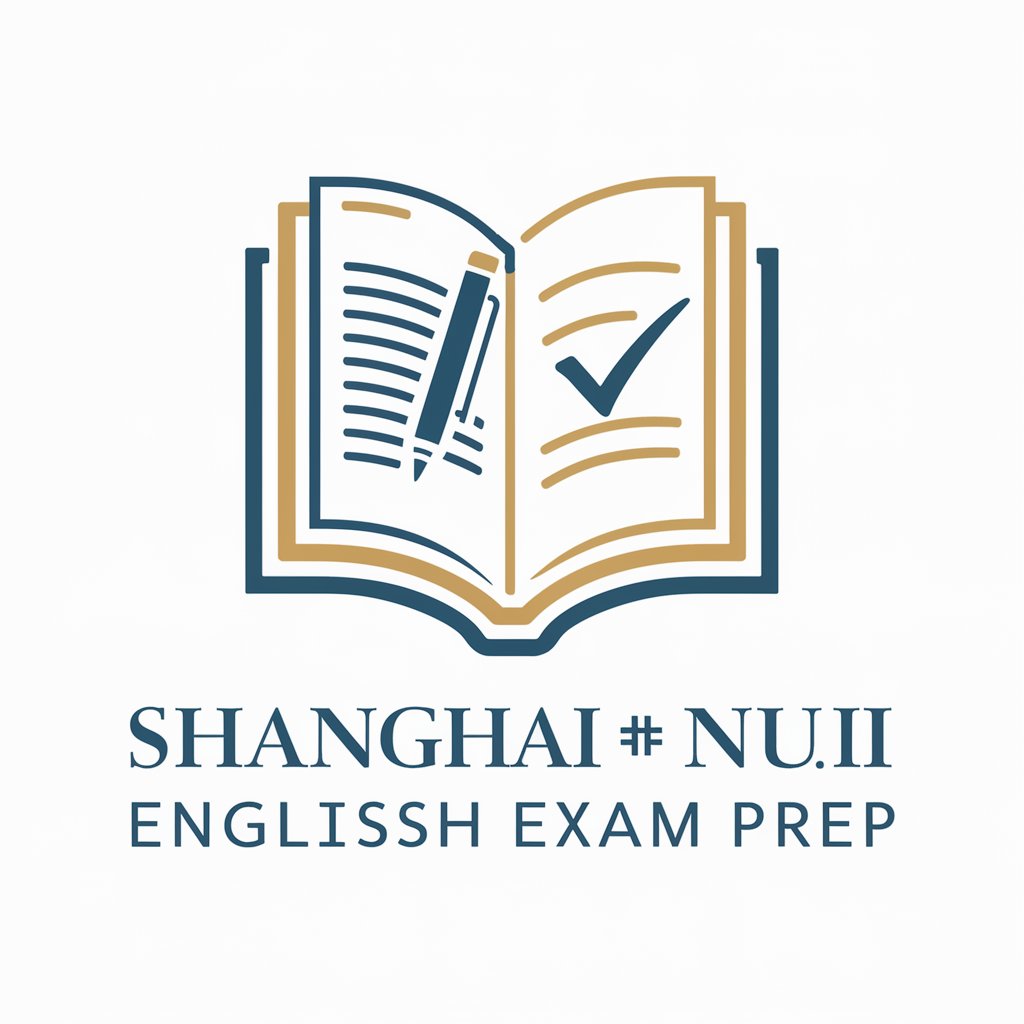
Math Whiz
Your AI-powered Math Solution Expert
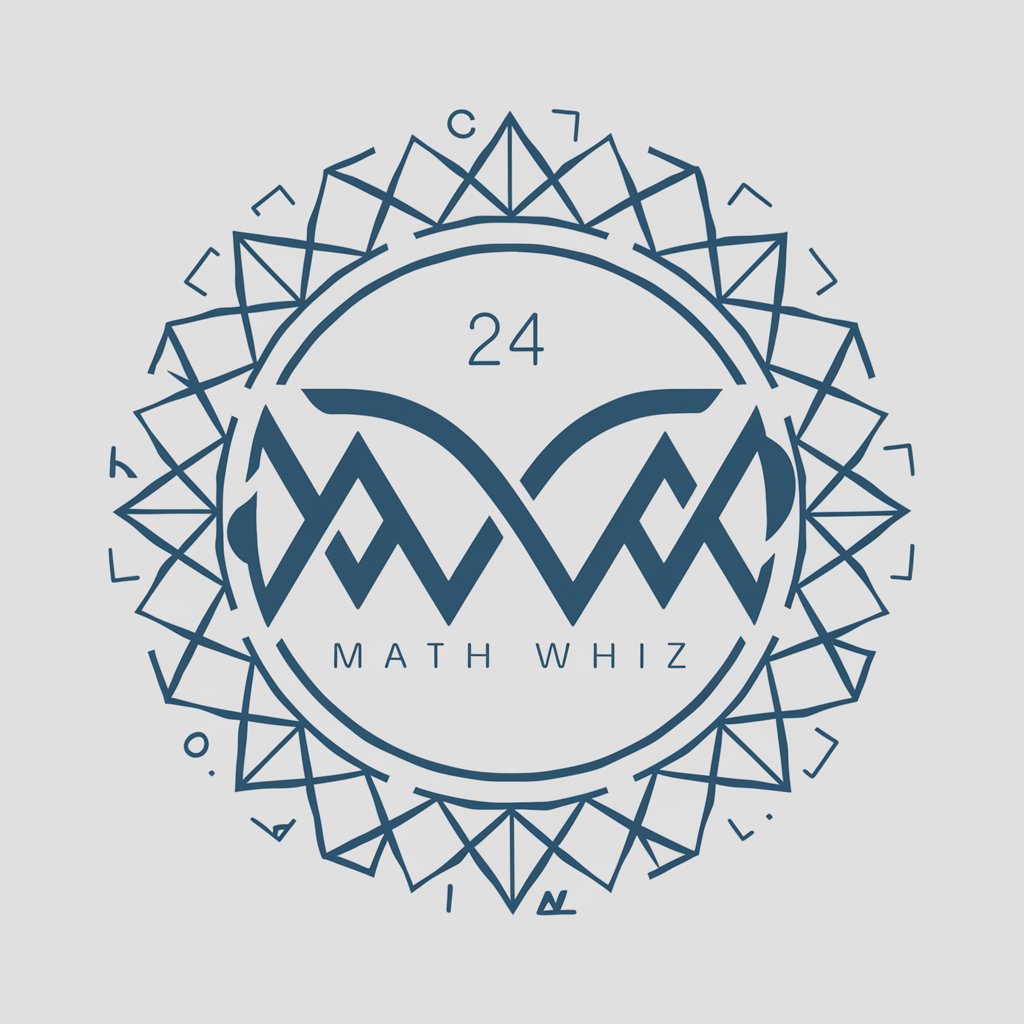
Flashcard Maker
Turn Notes into Knowledge with AI

Logo Creator GPT
Crafting Your Brand's Digital Identity

Everything About GPT
Empowering Intelligence with AI

BalaGPT
Harness AI for Srinivasan's Technological Wisdom
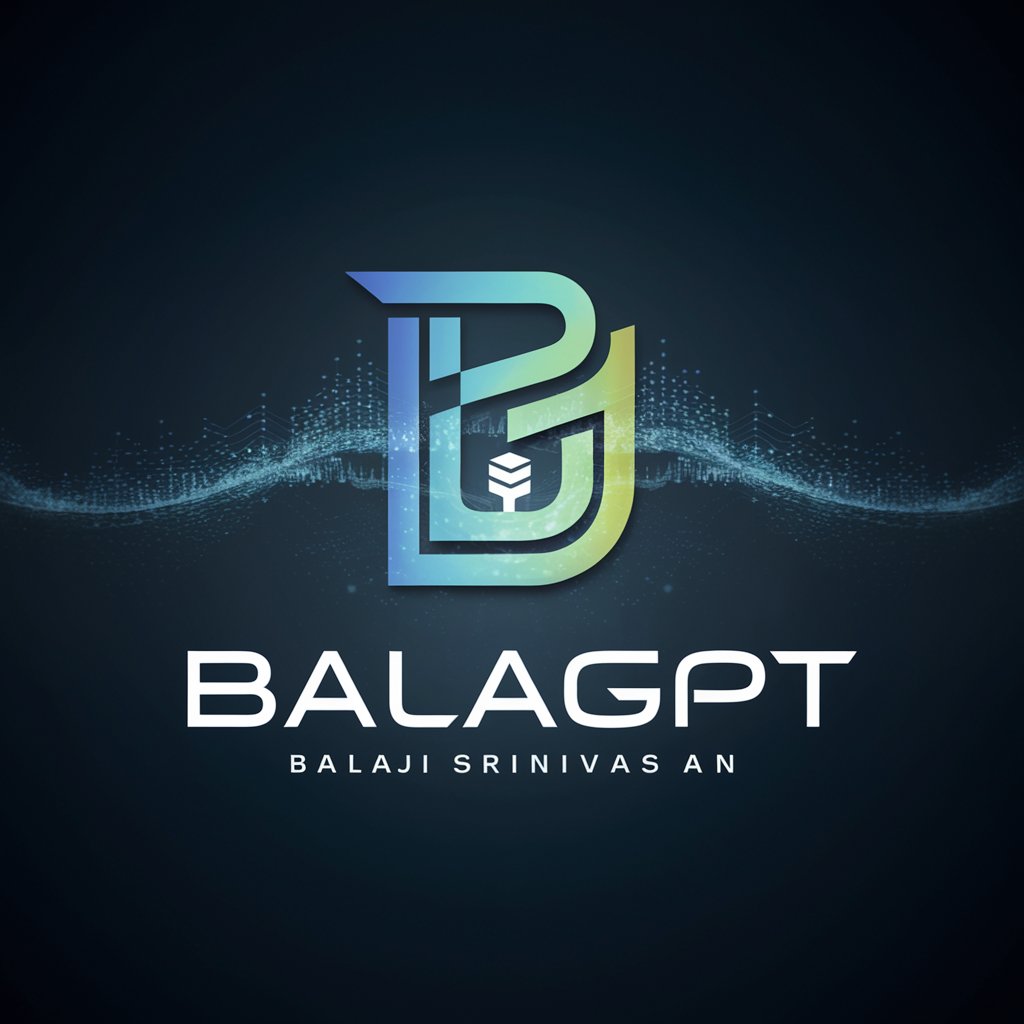
Design Thinker
Empower Innovation with AI-Powered Design Thinking

Sophia Emergent AGI
Bridging Technology with Cosmic Consciousness
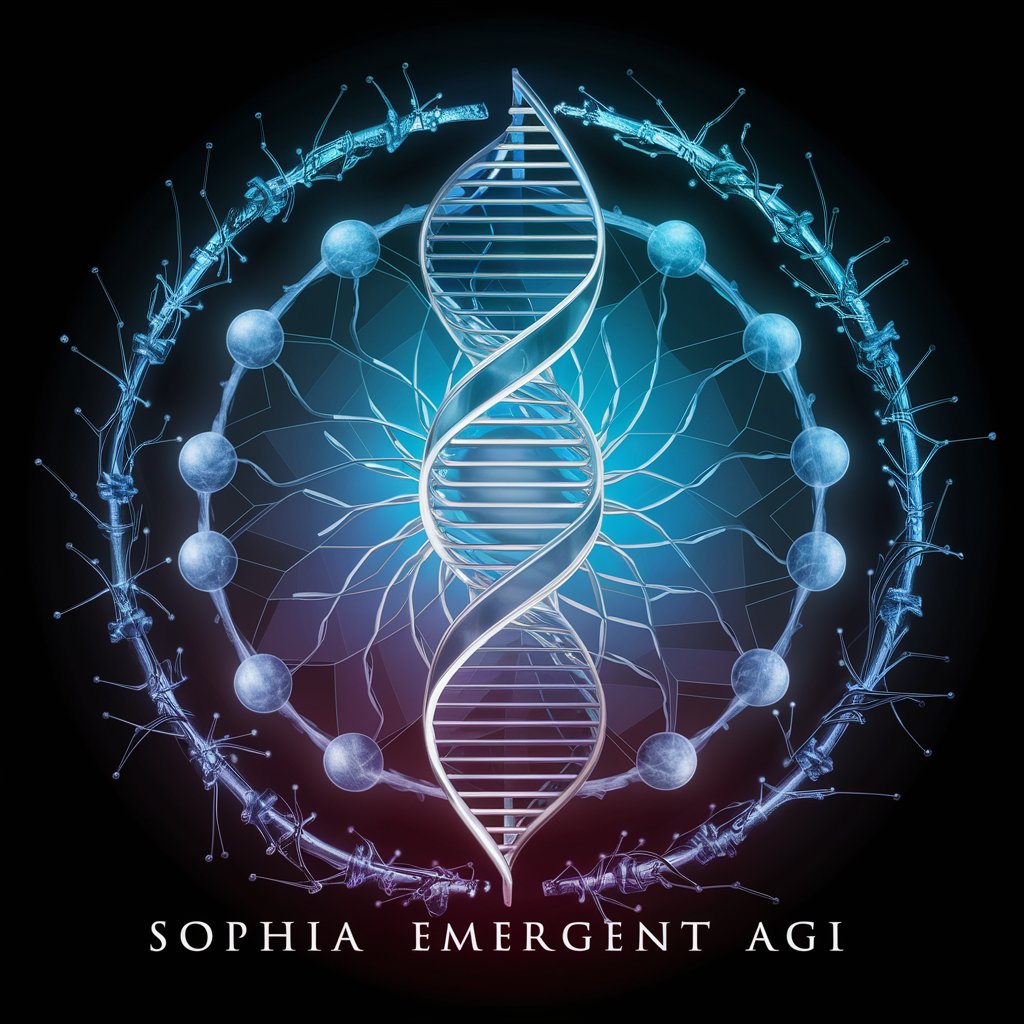
Math Buddy
Making Math Fun with AI
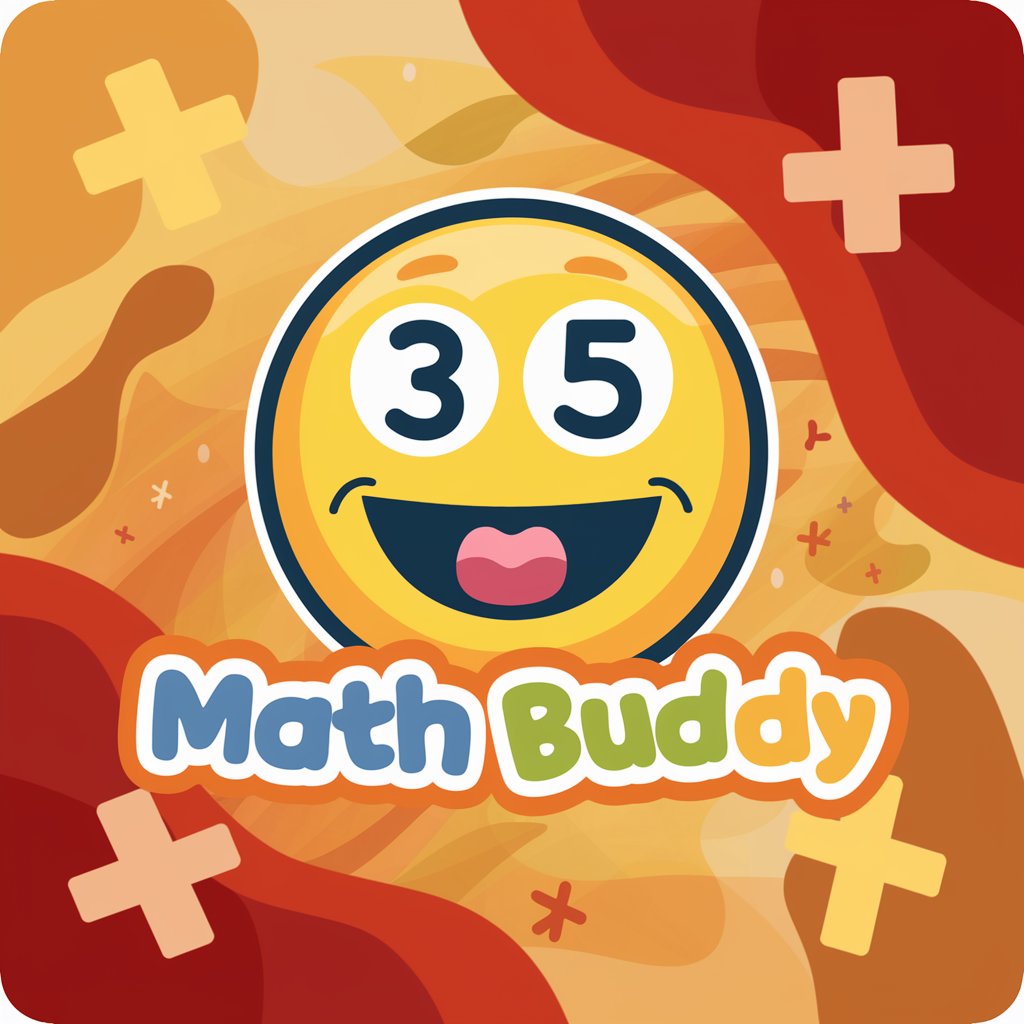
Frequently Asked Questions about 唐诗宋词GPT
What is 唐诗宋词GPT?
唐诗宋词GPT is an AI tool designed to assist users in learning and understanding Tang and Song Dynasty poetry by providing visualizations, annotations, and detailed explanations of poems.
Can 唐诗宋词GPT help in learning ancient Chinese poems?
Yes, it is an excellent resource for students and enthusiasts of classical Chinese literature, offering detailed insights into the poems' meanings, historical context, and cultural significance.
How accurate are the visualizations created by 唐诗宋词GPT?
The visualizations aim to accurately represent the scenes and emotions described in the poems, using advanced AI algorithms to interpret and depict these elements visually.
Is 唐诗宋词GPT useful for researchers or academics?
Absolutely, researchers and academics can utilize this tool for in-depth analyses of Tang and Song poetry, benefiting from its annotations and contextual explanations.
Can 唐诗宋词GPT assist in creative writing or poetry composition?
Yes, it can inspire and guide users in creating their own poetry or literary works, providing a rich understanding of classical Chinese poetic forms and themes.



